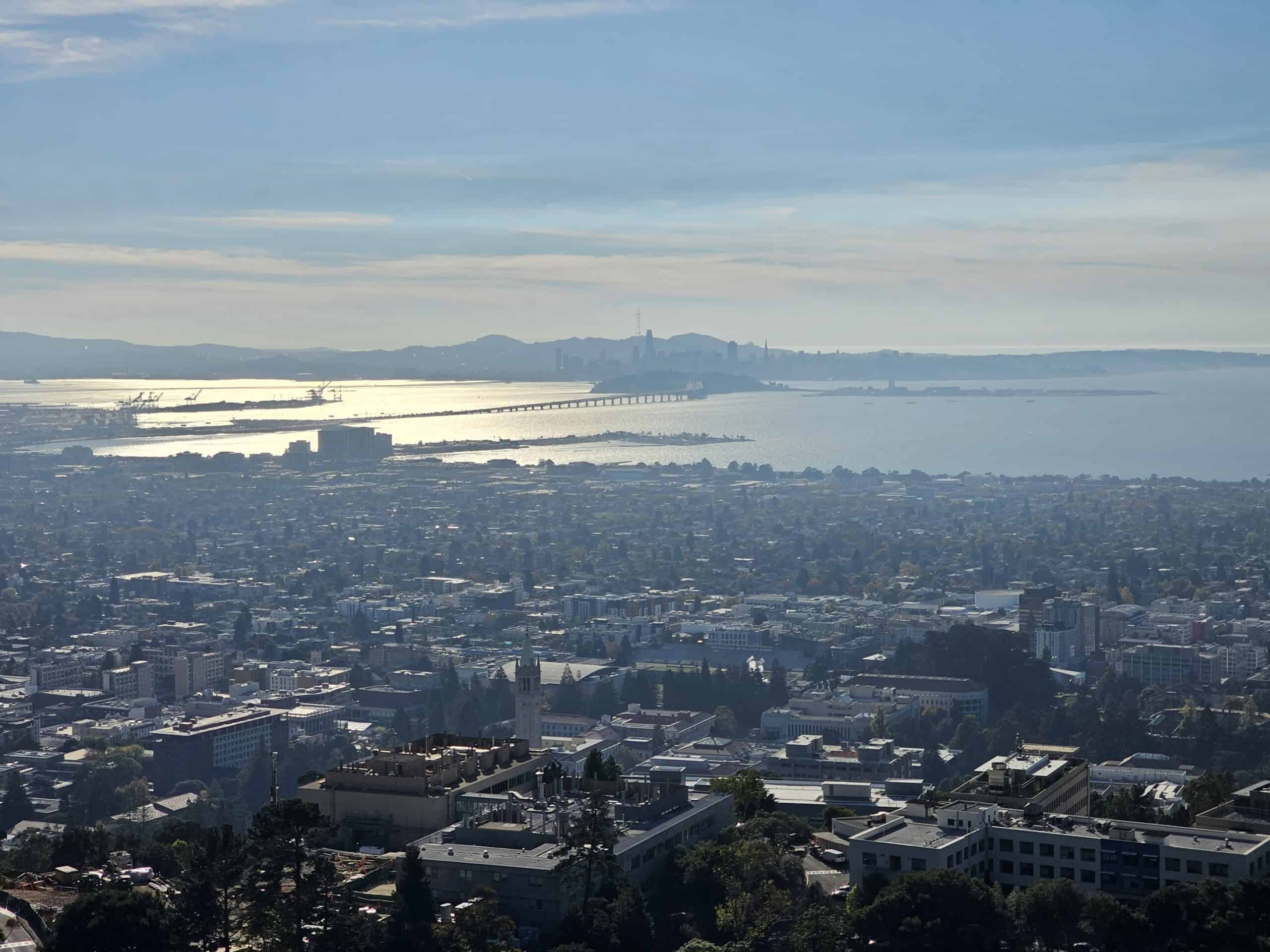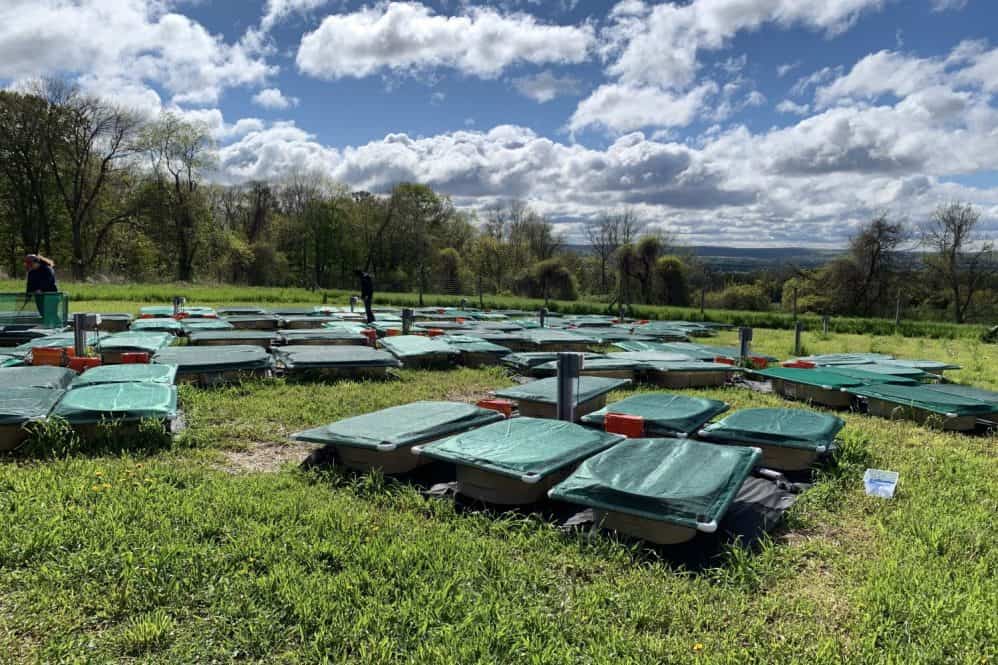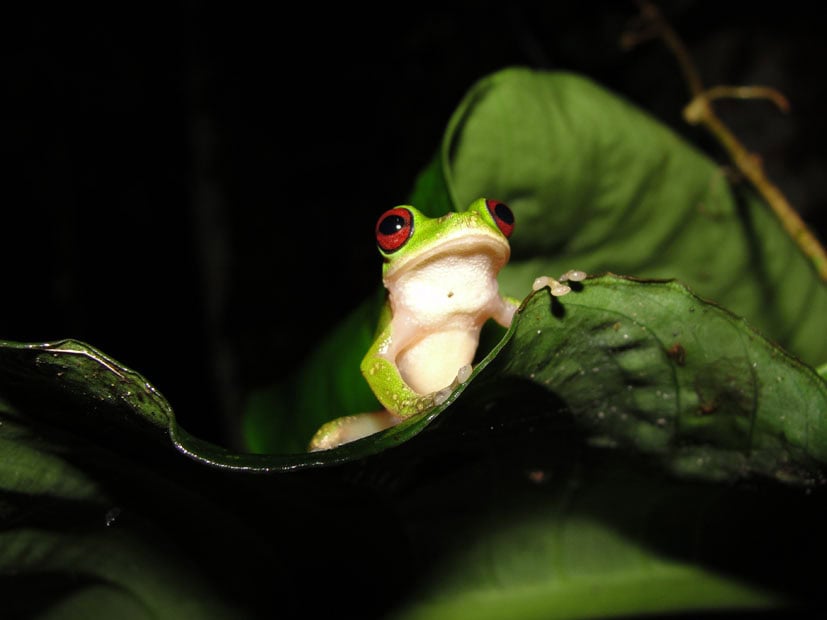Share this article
Discriminatory housing practices of the past still shape urban wildlife
Researchers found “redlining” has left some California neighborhoods with little wildlife
Discriminatory housing practices that kept people of color from moving into white enclaves generations ago still leave a lingering mark on California cities—and on the urban wildlife that occupies them.
Looking at the four largest cities in California, researchers found the legacy of “redlining” continues to shape the cities’ animal life. They found that biodiversity—including mammals, insects and birds—was far lower in historically redlined neighborhoods, and even encountering species was less likely.
People in historically redlined neighborhoods are less likely to spot songbirds, reptiles, or a charismatic mammal like a bobcat (Lynx rufus). Due to these differences, these neighborhoods are also less likely to enjoy the ecosystem services and health benefits that wildlife can provide, researchers suggested.
“People like to think that animals are untouched by racism—that it’s just a human-to-human interaction,” said Cesar Estien, a PhD candidate at the University of California Berkeley. But racism also shapes the environment that those humans are enveloped in.”
Estien led a study published recently in the Proceedings of the National Academy of Sciences looking at the legacy of redlining on urban wildlife biodiversity in Los Angeles, San Francisco, Oakland, and San Diego. Like other cities across the United States, these urban centers were host to discriminatory lending practices in the wake of the Great Depression. Appraisers from the federally sponsored Home Owners’ Loan Corporation ranked and mapped residential areas from “greenlined” high-income, grade A neighborhoods that were mostly white, to “redlined” low-income, grade D neighborhoods, largely occupied by Blacks and other minority communities.
These rankings supported discriminatory policies and uneven financial investment that continued for decades and still shape those communities. Some of those effects impact the environment. Earlier this year, Estien led a study published in Environmental Science & Technology Letters finding that California redlined neighborhoods face disproportionately higher levels of environmental hazards, including more pollution, higher noise levels, and less vegetation. In 2022, researchers found that residents of historically redlined neighborhoods continue to suffer health impacts such as higher rates of cancer, asthma and pre-term births from living near highways, polluting industries and landfills, and from enduring the high temperatures of urban “heat islands.”
The negative effects also extended to wildlife. In a study published last year in Ornithological Applications, researchers in Los Angeles found bird life was less diverse and abundant in historically redlined parts of the city.
“People seem to think segregation is in the past and all of these racist acts are in the past and have nothing to do with today,” Estien said. “But we’re seeing that redlining and the accompanying discriminatory practices that upheld that disinvestment are still shaping our environment today.”
In his study, Estien wanted to look at more species in more cities than past researchers had. He and his colleagues compared Home Owners’ Loan Corporation maps with data contributed to the platform iNaturalist to estimate the diversity of mammals, birds, insects, arachnids, reptiles, and amphibians across the various grades of redlined and greenlined neighborhoods. They found that species richness was consistently lower in redlined neighborhoods across the four cities and that these redlined neighborhoods had smaller wildlife communities. Their results also suggest that species are harder to detect in redlined neighborhoods. Estien believes that is likely due to more pavement and fewer resources for wildlife.
Other researchers have shown that greenlined areas are more likely to have parks, trees and vegetation that provide resources for wildlife and are less likely to be seas of concrete.
For Estien, the findings hit close to home. Living in Oakland, a few minutes’ drive can take him to leafy lakeside neighborhoods or urban heat islands.
“There’s this saying where if you follow the trees, you could follow the money in the city,” he said. “Living here, I definitely get to feel what I’m researching.”
If policies of the past made some parts of cities less amenable to wildlife, Estien believes new policies could help shape cities of the future at a time when global biodiversity is falling.
“We want to promote biodiversity in these cities,” he said. “We want to ensure that entire cities—not just certain neighborhoods—can promote and serve as refuges for wildlife. If we’re thinking about reaching these biodiversity goals, we need to restore these neighborhoods to have more wildlife habitat and promote richer human-environmental interactions.”
Header Image: In the East Bay, foreground, and San Francisco, background, researchers found historical redlining still affects urban wildlife. Credit: Christopher J. Schell








